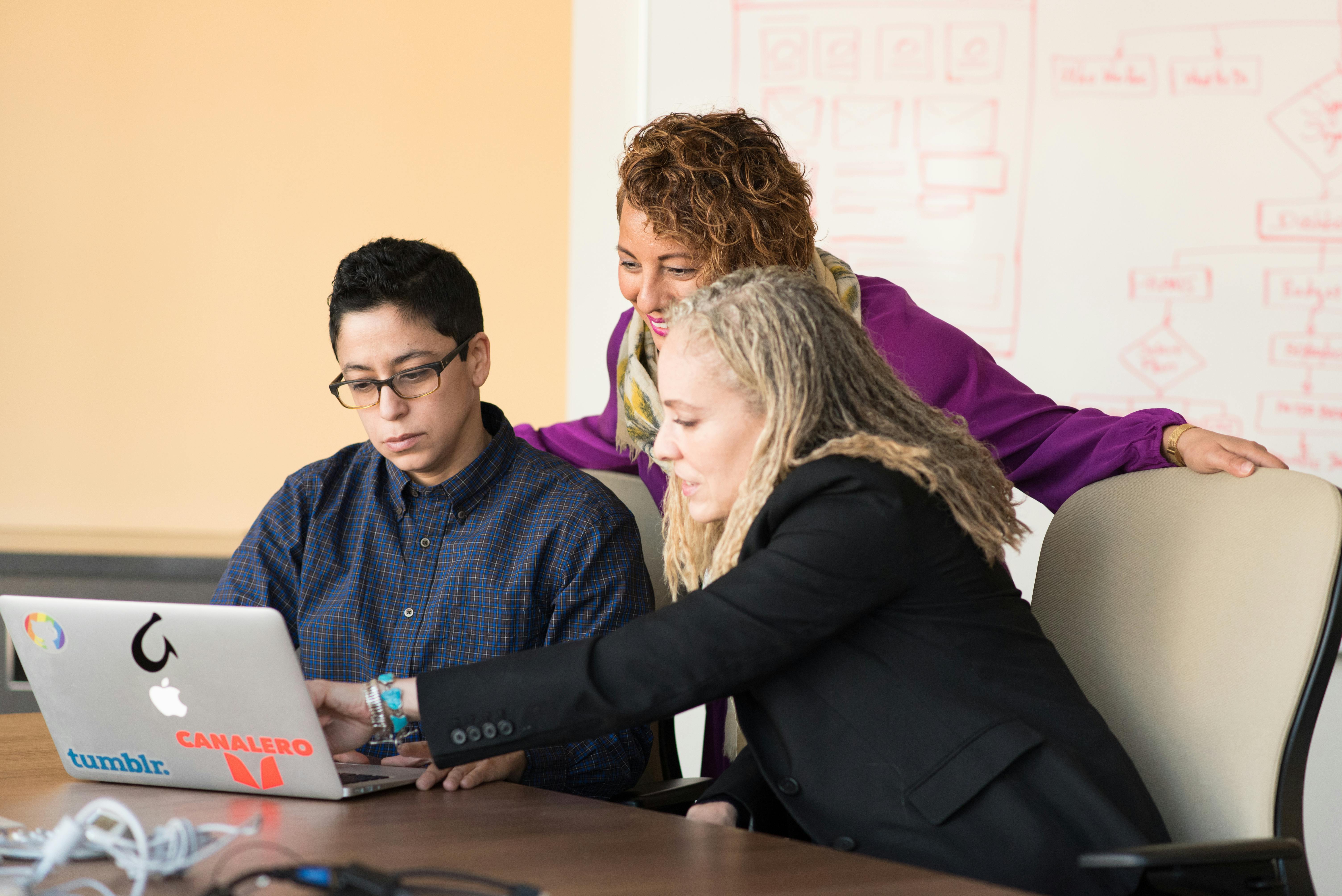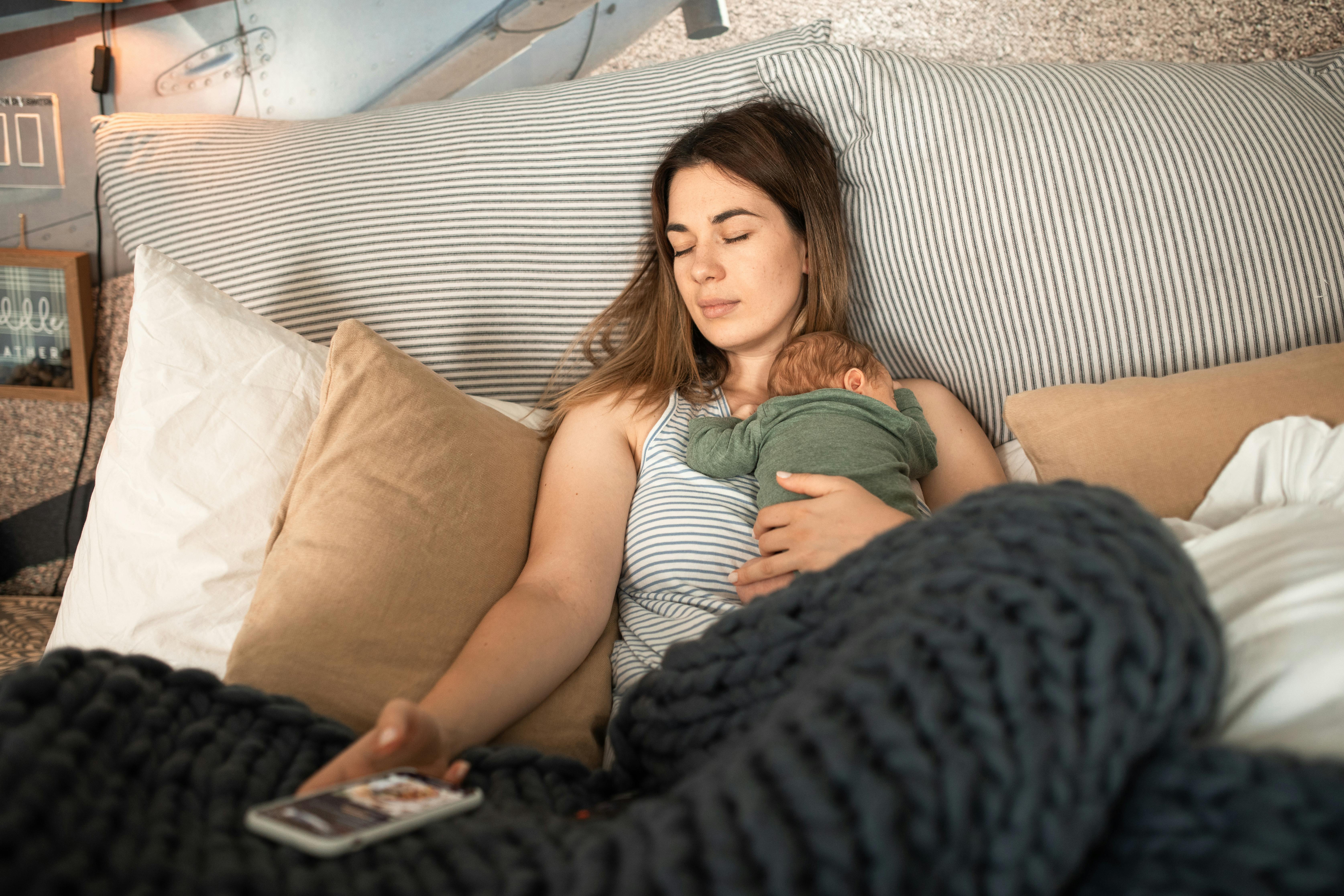Table of Contents
Creating an Emergency Plan for Your Home
When it comes to emergency preparedness, having a plan in place is crucial. Sit down with your family and discuss what to do in case of a fire, earthquake, flood, or other emergencies. Identify escape routes, designate safe meeting spots, and ensure that everyone knows how to contact emergency services. Make sure to also discuss any specific needs or medical conditions that may require special attention during an emergency.
On-Demand Childcare in Your Neighborhood
Book a Sitter
Assembling a Disaster Kit
In addition to having a plan, it is important to have a disaster kit ready in case of an emergency. Your disaster kit should include essentials such as non-perishable food, water, first aid supplies, extra clothing, flashlights, batteries, and any necessary medications. Keep your disaster kit in an easily accessible location and make sure that your babysitter knows where it is located and how to use its contents.
Communicating with Your Babysitter
When hiring a babysitter, it is important to communicate your emergency plan and expectations clearly. Make sure that your babysitter knows where emergency contact information is posted, how to operate any safety equipment in your home, and what to do in case of a fire or other emergency. Provide your babysitter with a list of important phone numbers, including your own, neighbors, and emergency services.

Training Your Babysitter in Basic First Aid
One of the most important skills that a babysitter can have is knowledge of basic first aid. Make sure that your babysitter is trained in CPR and knows how to respond to common childhood emergencies such as choking, cuts, and burns.
Consider enrolling your babysitter in a first aid and CPR certification course or providing them with a basic first aid manual to reference in case of an emergency.
Practice and Review
Finally, it is important to regularly practice and review your emergency plan with your family and babysitter. Conduct drills to ensure that everyone knows what to do in case of a fire or other emergency. Review the location of your disaster kit and ensure that it is well-stocked and up-to-date. By regularly reviewing and practicing your plan, you can help ensure that everyone is prepared and ready to act quickly in an emergency.
In conclusion, emergency preparedness is essential for the safety and well-being of your family. By creating an emergency plan, assembling a disaster kit, communicating with your babysitter, training them in basic first aid, and regularly practicing and reviewing your plan, you can help safeguard your home and babysitter in the event of a crisis. Remember that being prepared is the key to staying safe and secure during emergencies.










